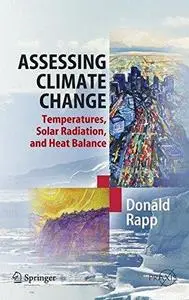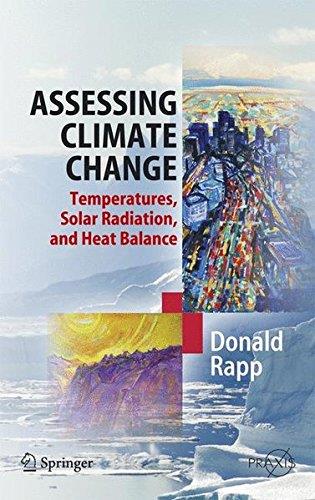Assessing Climate Change: Temperatures, Solar Radiation, and Heat Balance By Dr Donald Rapp (auth.)
2008 | 392 Pages | ISBN: 3540765867 | PDF | 8 MB
2008 | 392 Pages | ISBN: 3540765867 | PDF | 8 MB
In ASSESSING CLIMATE CHANGE Donald Rapp has investigated a large body of scientific data relevant to climate change, approaching each element with necessary (but neutral) scientific skepticism. The chapters of the book attempt to answer a number of essential questions in relation to global warming and climate change. He begins by showing how the earth s climate has varied in the past, discussing ice ages, the Holocene period since the end of the last ice age, particularly during the past 1000 years. He investigates the reliability of "proxies" for historical temperatures and assesses the hockey stick version of global temperatures for the past millennium. To do this effectively he looks carefully at how well near surface temperatures of land and ocean on earth have been monitored during the past 100 years or more, and looks at the utility and significance of a single global average temperature. Topics such as the variability of the Sun and the Earth s heat balance are discussed in considerable detail. The author also investigates how the current global warming trend compares with past fluctuations in earth s climate and what is the likelihood that the warming trend we are experiencing now is primarily just another in a series of natural climate fluctuations as opposed to a direct result of human activities. A key factor in understanding what may happen in the future is to examine the credibility of the global climate models which claim that greenhouse gasses produce most of the temperature rise of the 20th Century, and forecast much greater impacts in the century ahead. Finally, the book considers future global energy requirements, fossil fuel usage and carbon dioxide production, public policy relating to global warming, and agreements such as the Kyoto Protocol.



